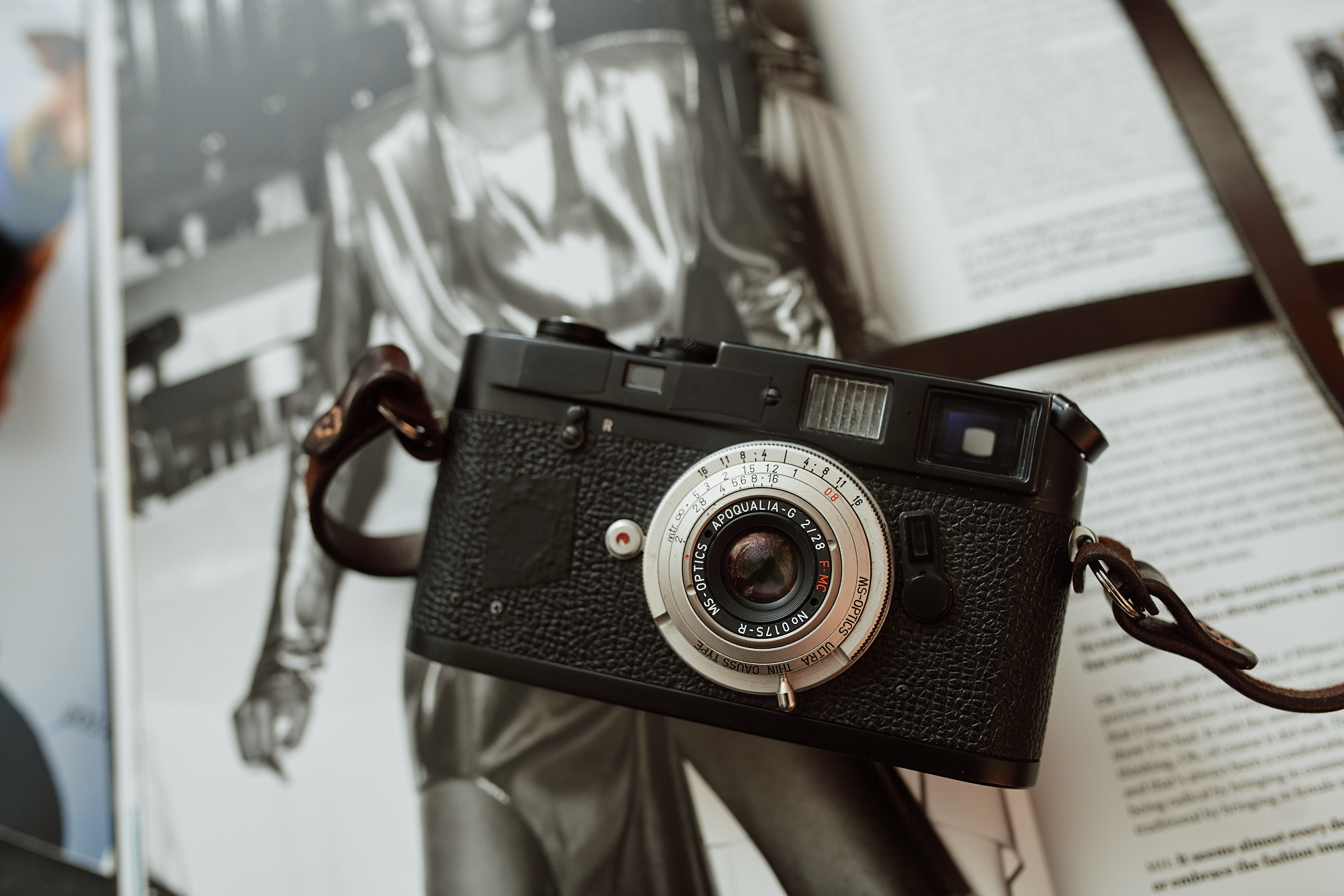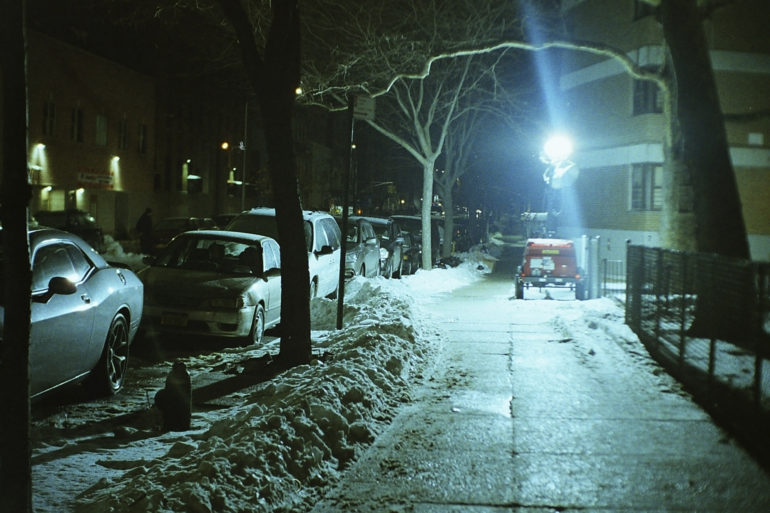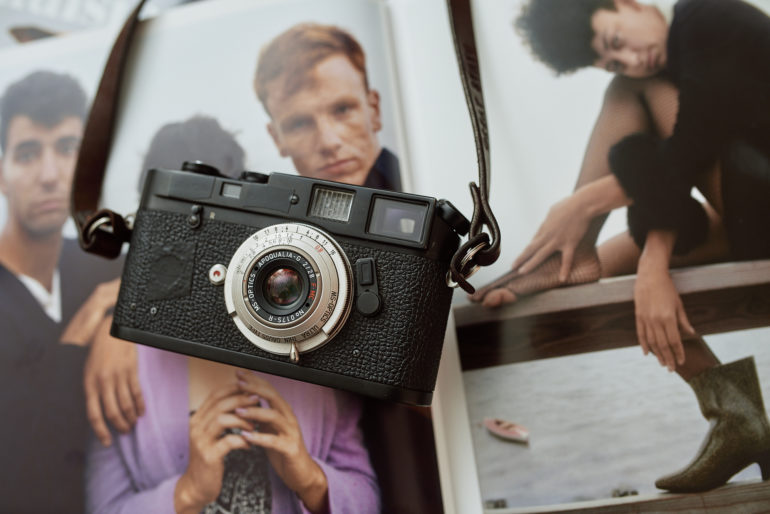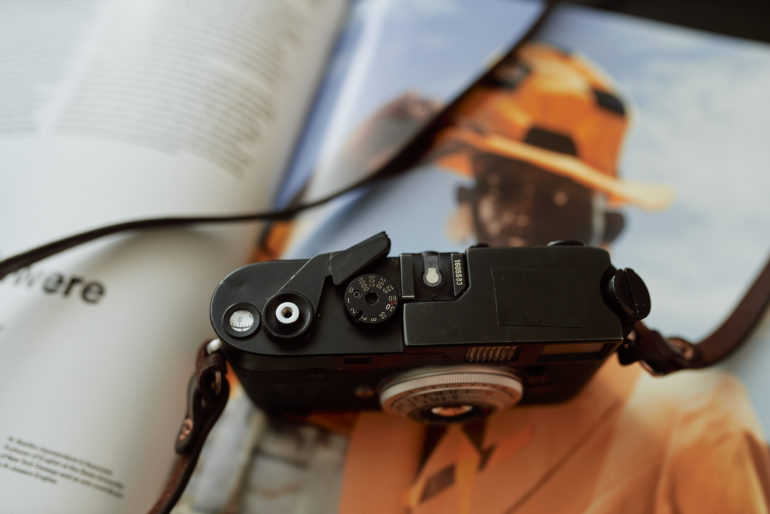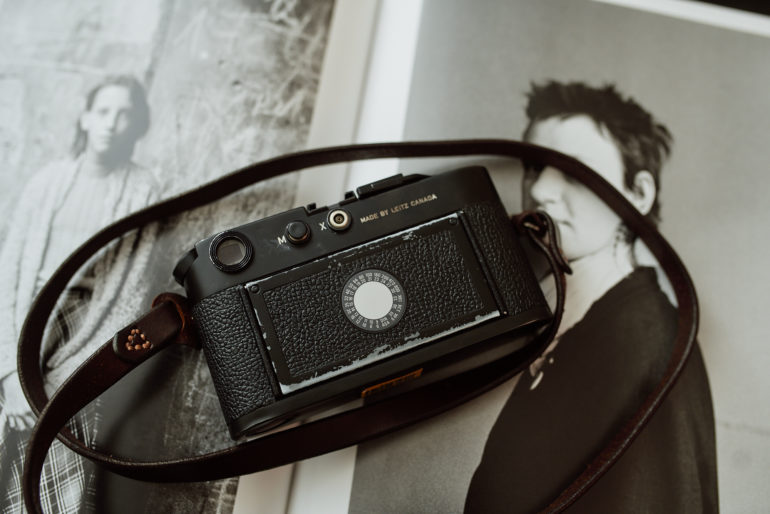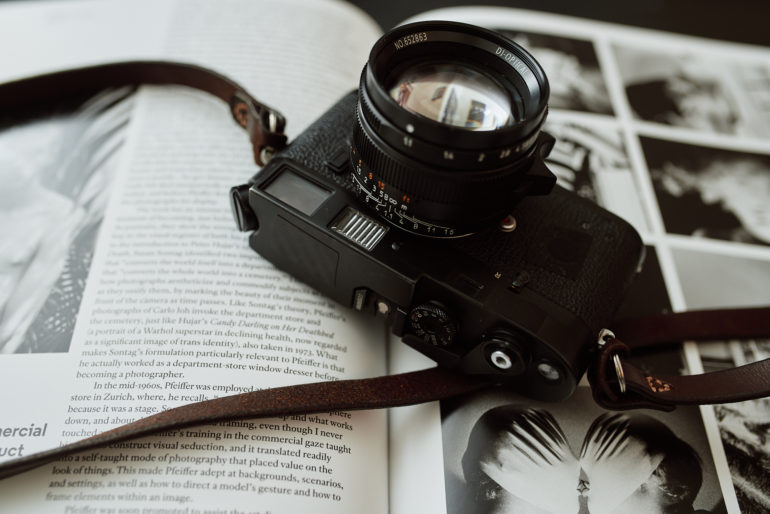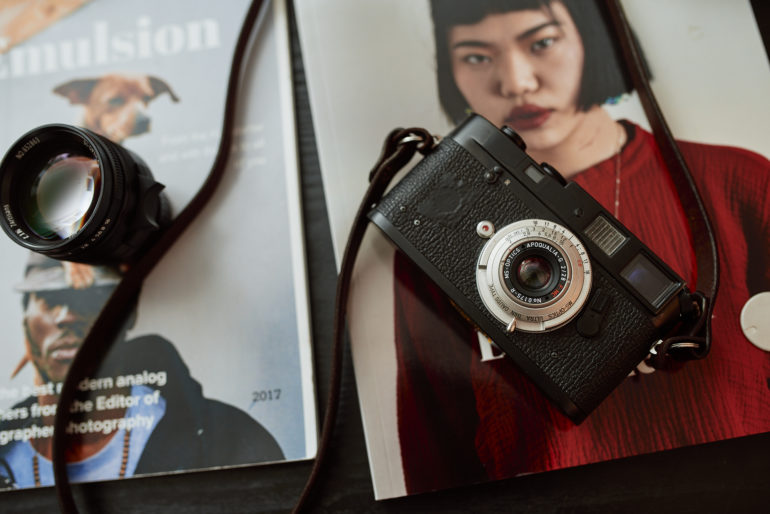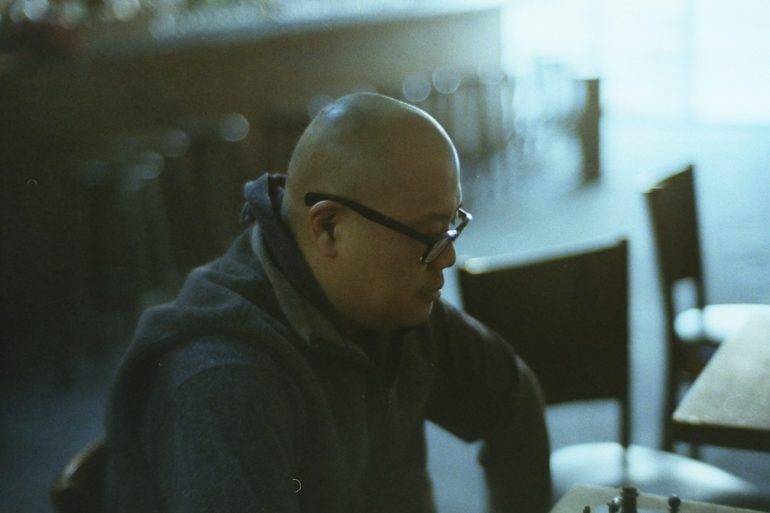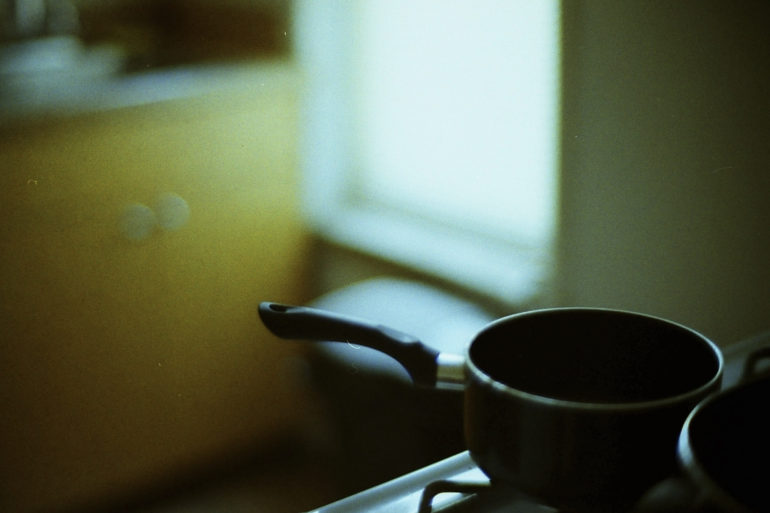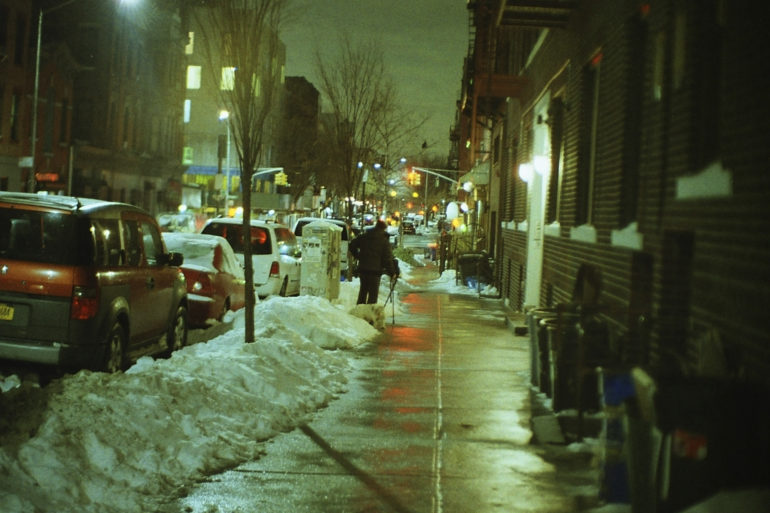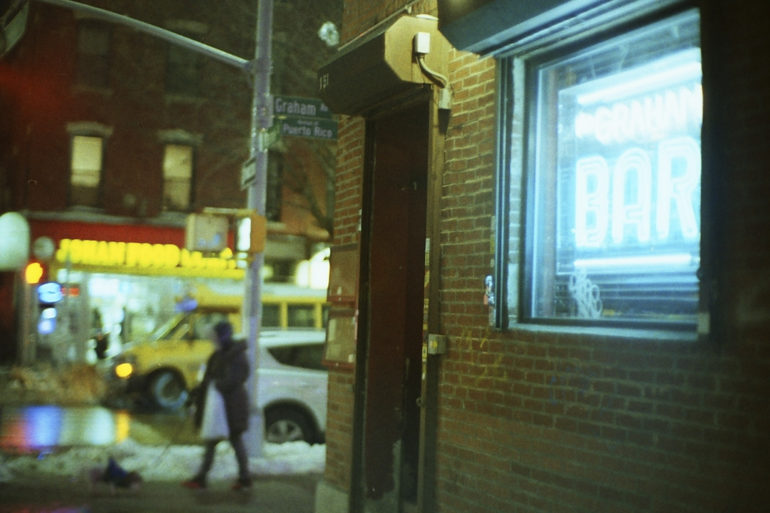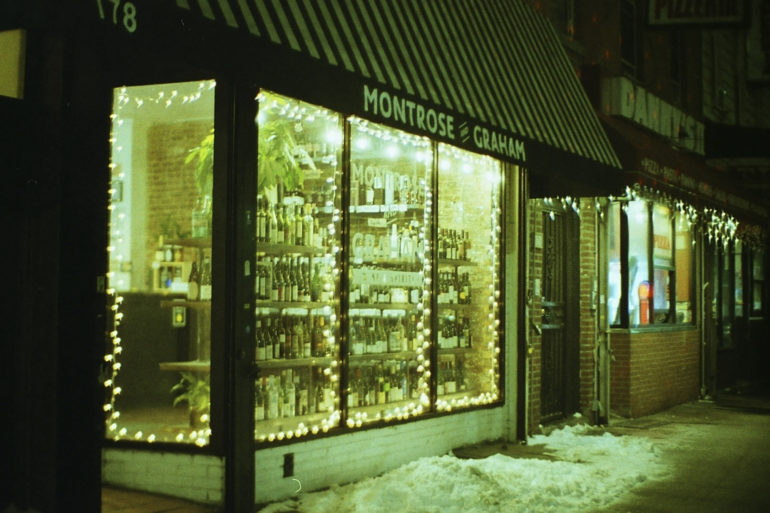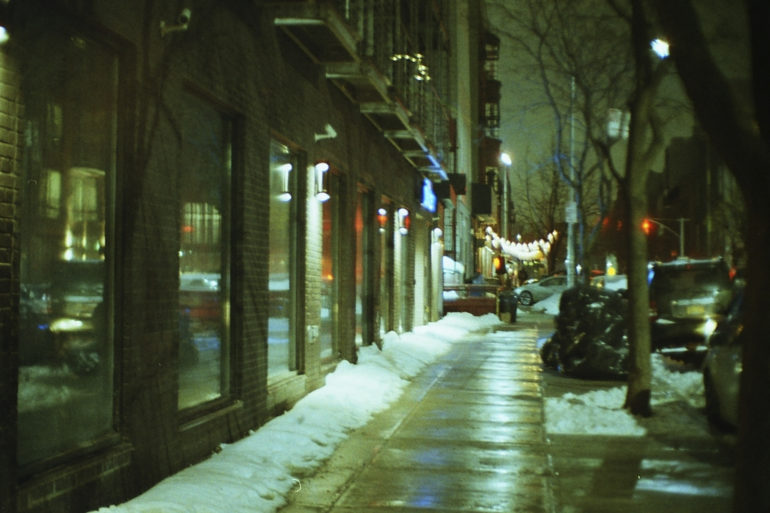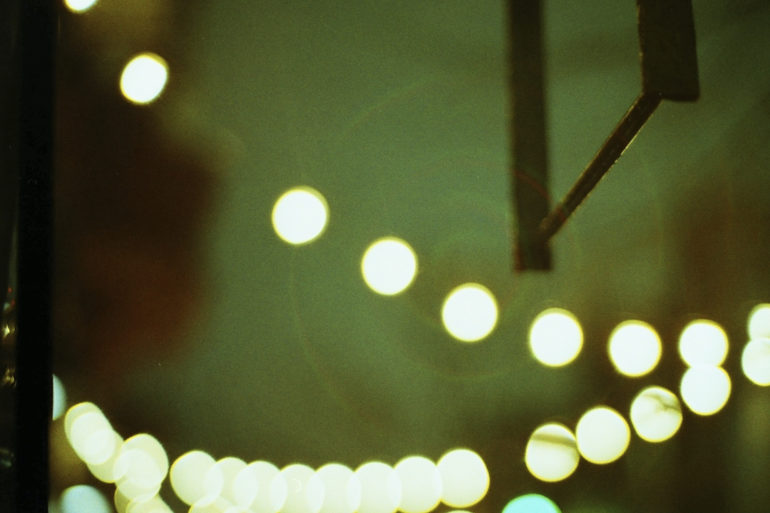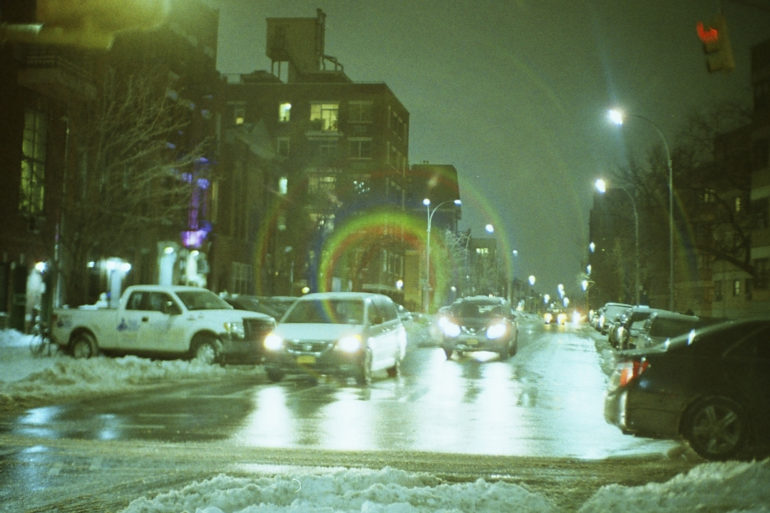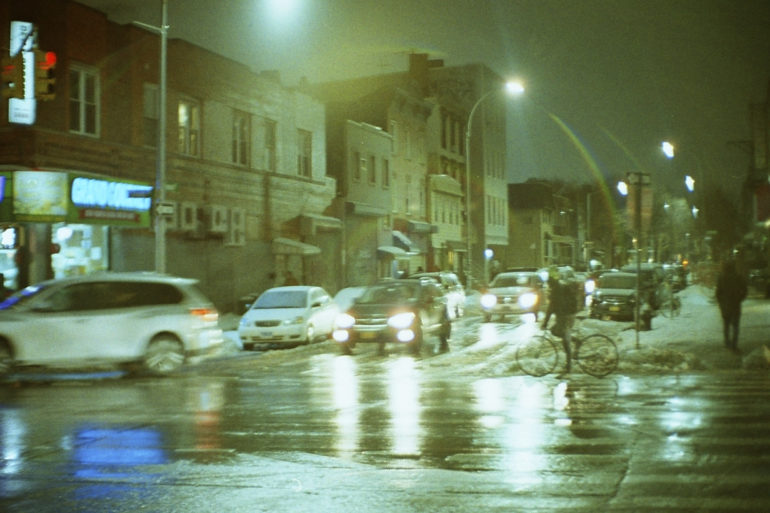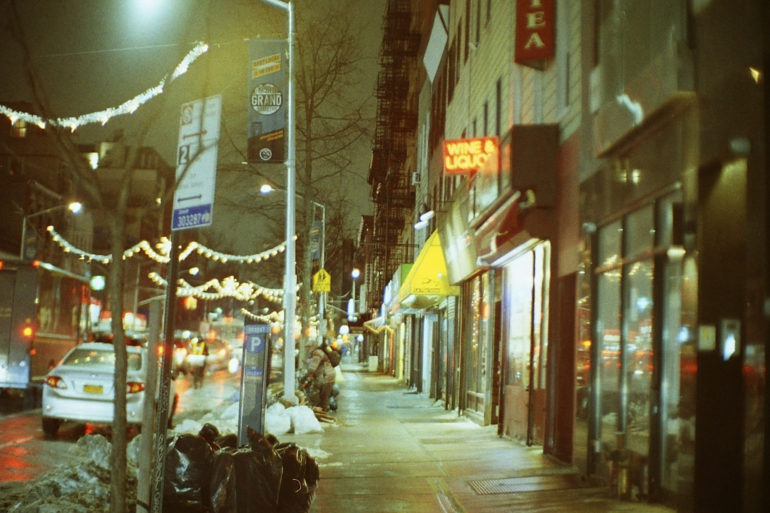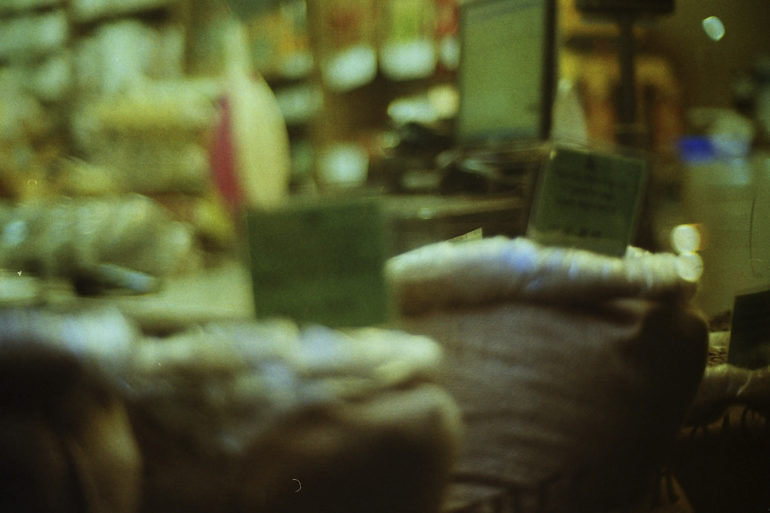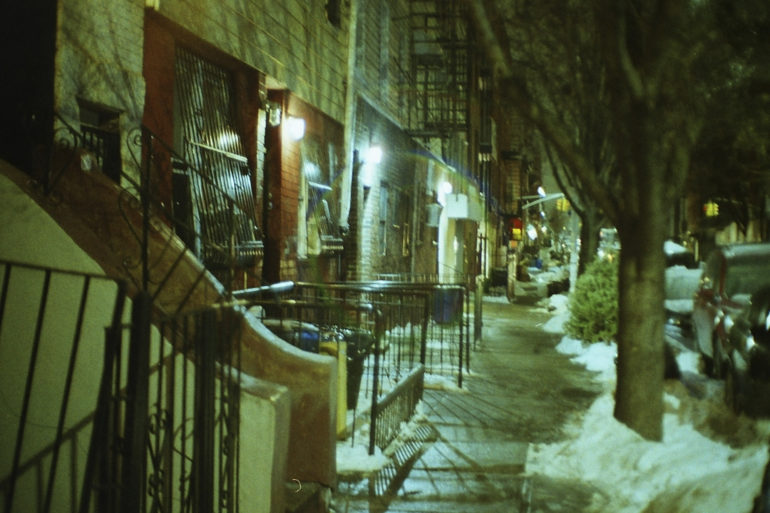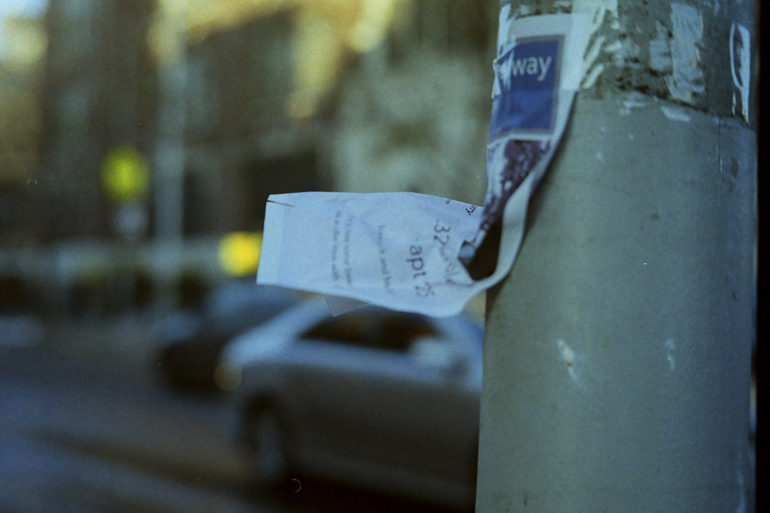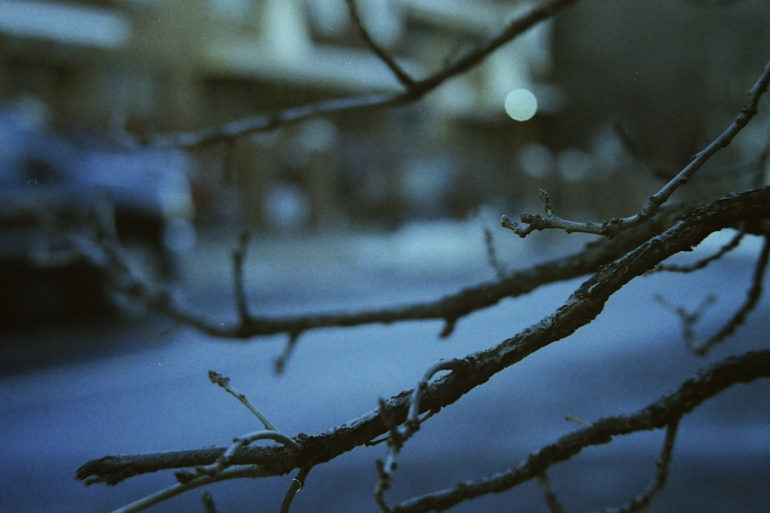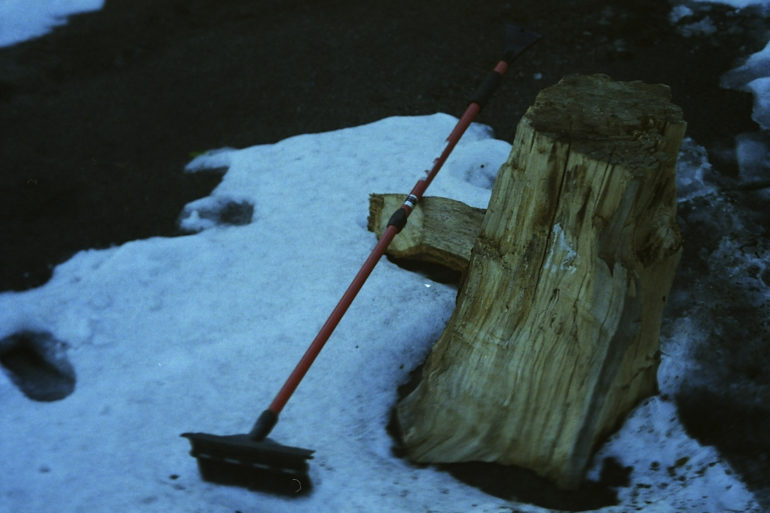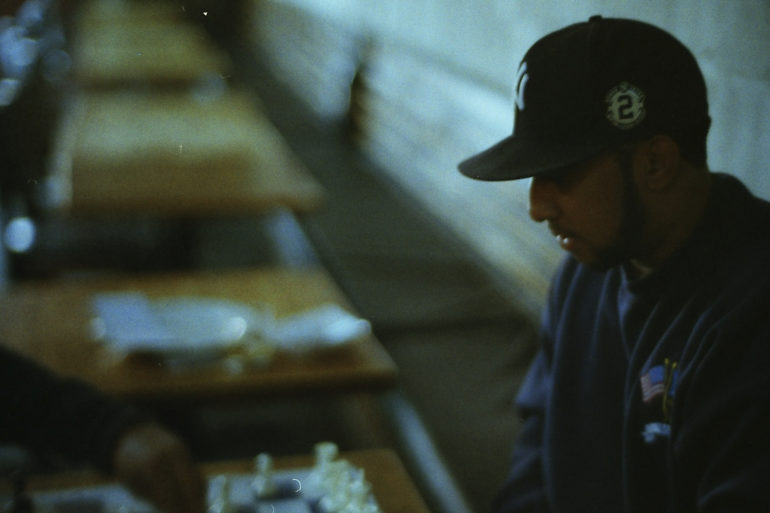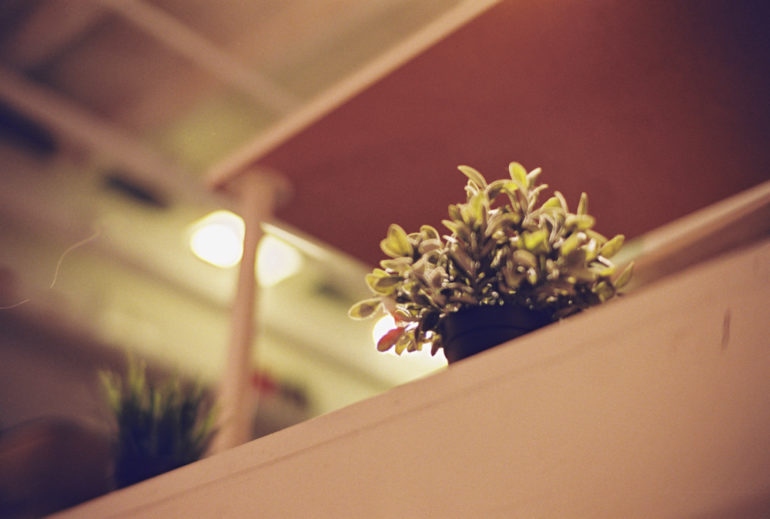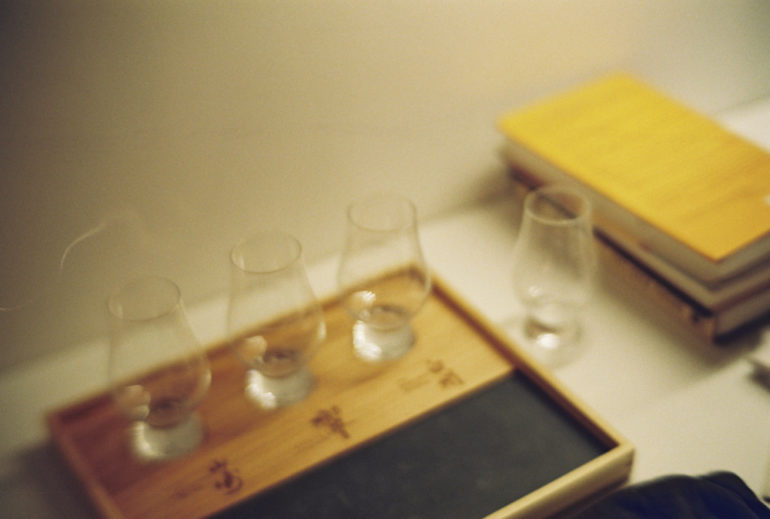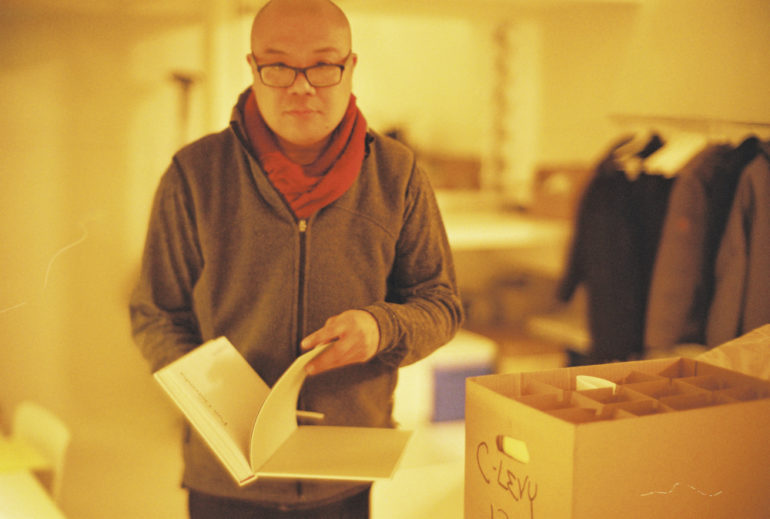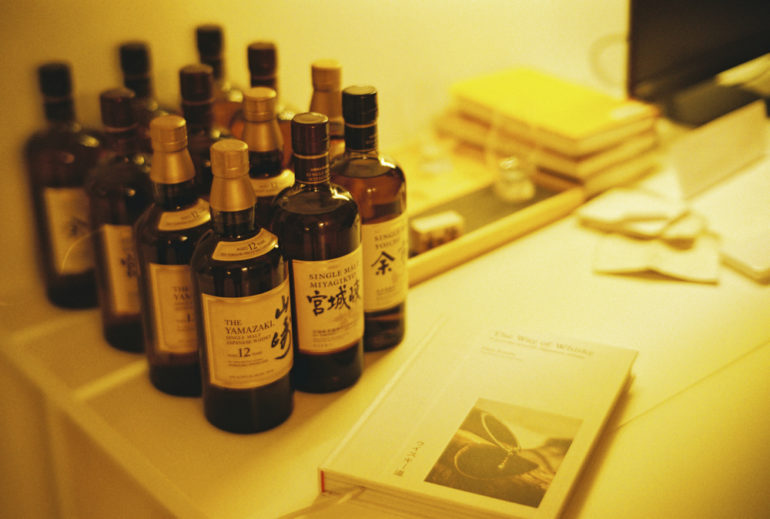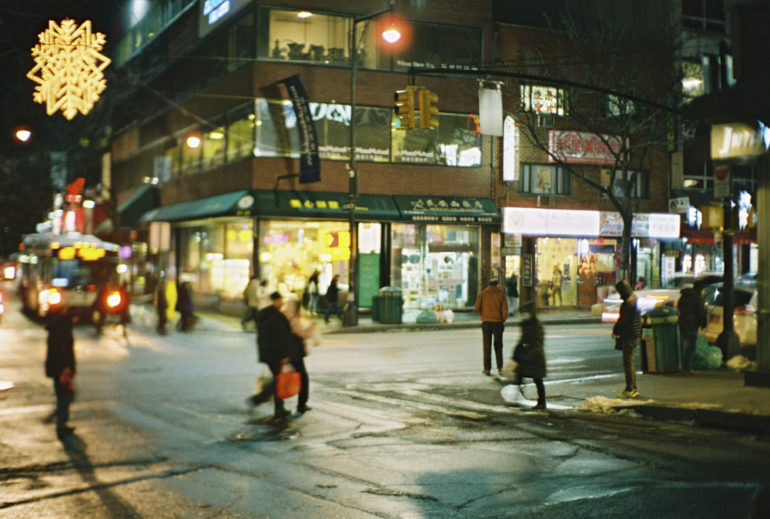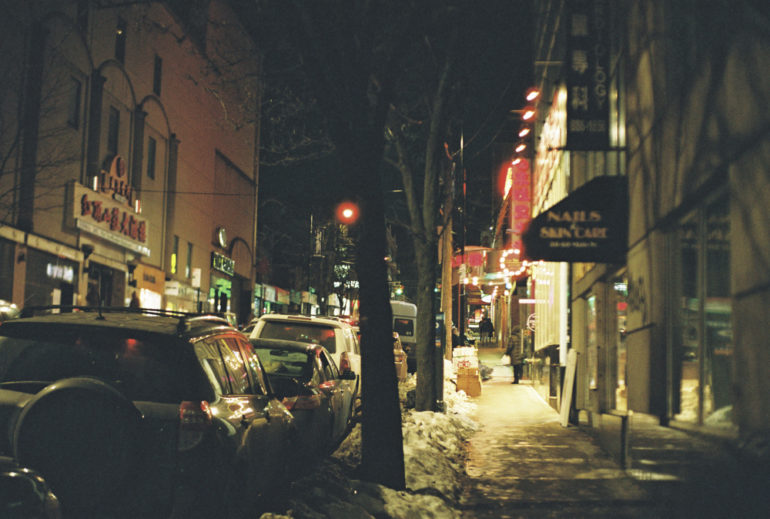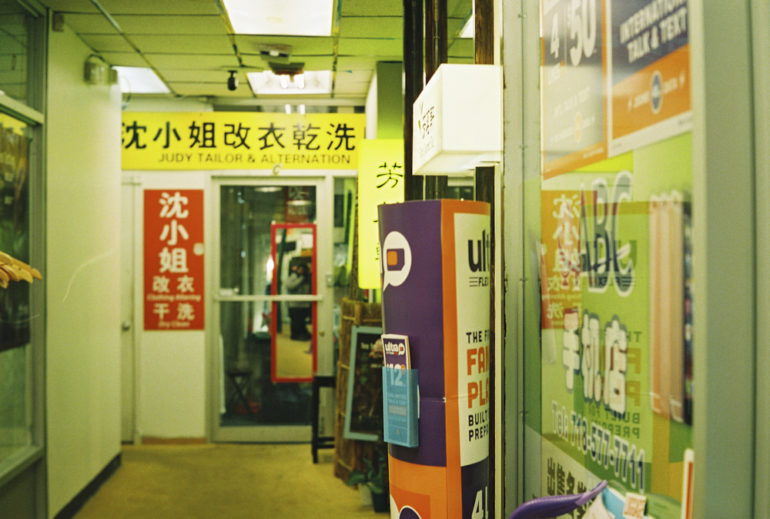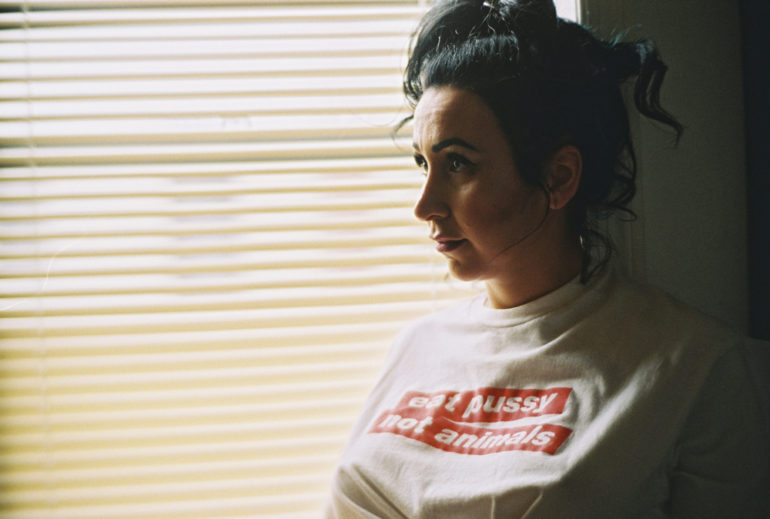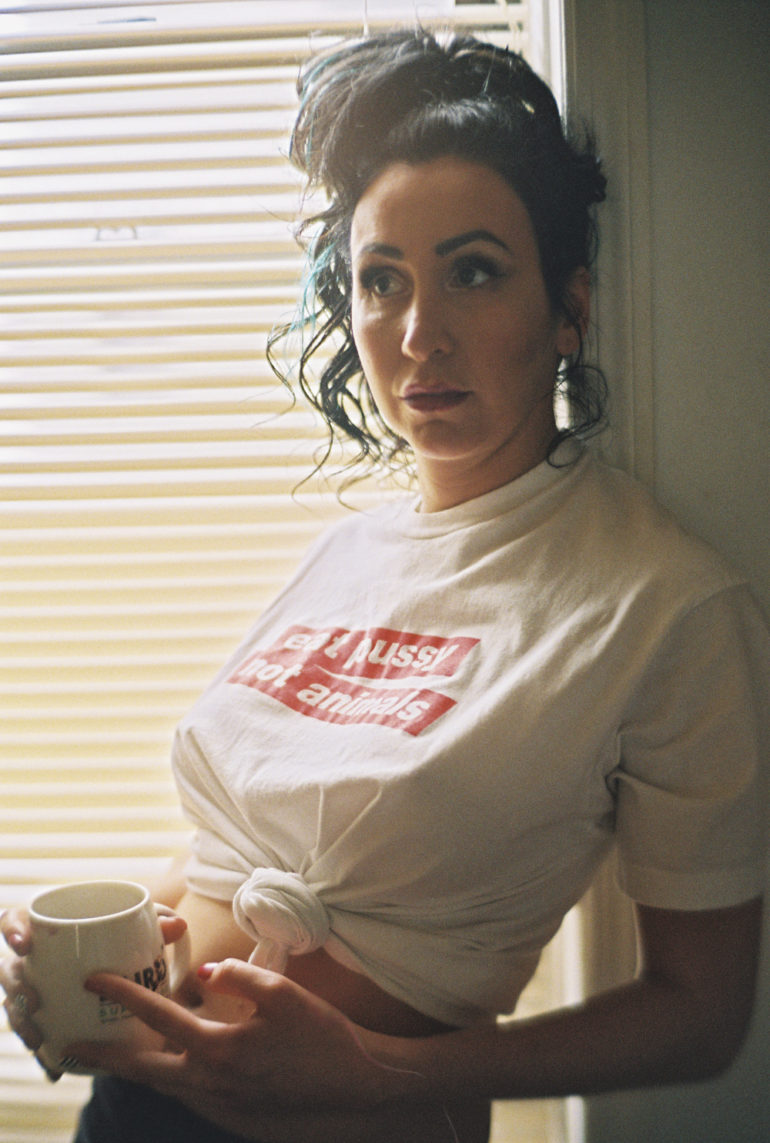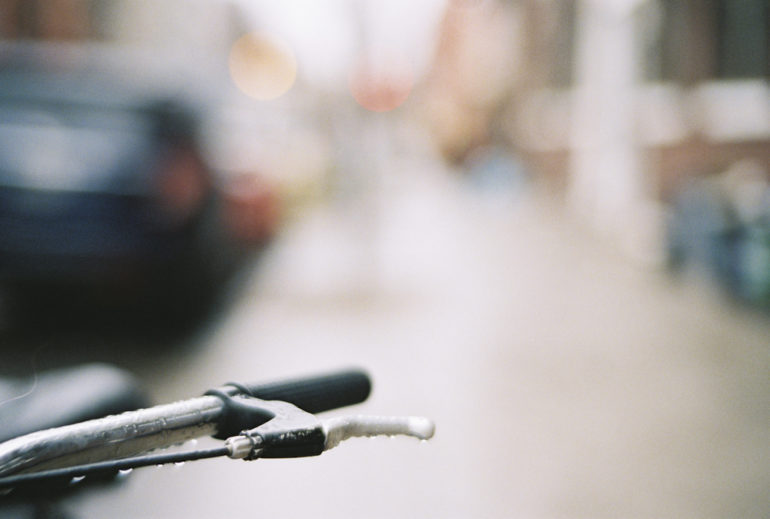Last Updated on 04/01/2018 by Mark Beckenbach
The Leica M4-P is one of the most beloved Leica cameras and it isn’t too expensive either!
If you ever happen to stumble on a deal like I did with the Leica M4-P, then snag it as soon as you possibly can. In many ways, the Leica M4-P is one of the most perfect analog cameras. Although the Leica M6 goes a step further and incorporates the inclusion of a working light meter while allowing the camera to operate completely and totally mechanically at all shutter speeds, the Leica M4-P is essentially the Leica M6 without a light meter. And if you’re like me, you don’t always need a light meter because you’ve shot so often that you know and understand how Sunny 16 works, or you’ve got an app on your phone that will help you figure out your lighting with ease.
You can get your own Leica M4-P on eBay! Click here to look for your own.
The Leica M4-P was developed as a camera for professional photographers–hence the “p” designation. It was made for the better part of the 1980s in Canada–and therefore some may consider it to not be a real M due to it not being made in Germany. But I’m not that picky. What I cared about instead was build quality, reliability, a damned good viewfinder, and overall functionality. And in my eyes the Leica M4-P pretty much delivers on all of that. As I’ve gone about shooting with more and more cameras, I’ve always wanted something with weather sealing or that will just always work no matter what. Fully analog cameras tend to do that and never need a lot of servicing due to their mechanical construction.
Since purchasing my Leica M4-P, it’s become my favorite M camera and lives side by side with my Leica CL as the only two Leicas I need.
Before I go even deeper into this review, I feel the need to seriously expand upon why, in 2018, I’d go ahead and buy another Leica. Why? I wanted one. I still like film and quite honestly there are films out there that when paired with the right lenses can deliver a look that digital simply can’t. There are still labs that develop it and film overall makes you create and shoot in a different way than digital lends itself to. It’s easy for a seasoned digital photographer to sit there and take one photo right after another and be so convened to simply take another shot. But with film, when you really, truly understand what’s happening, you go through a different mentality that you later bring to digital. In addition to that, there’s even reasoning beyond this.
If I have to be completely honest, I hate the fact that the entire photo space has become, “Tutorial this. Tutorial that.” It seems like everyone wants a piece of this world now but treats it as nothing else but supplementary income. Much of these tutorials are just about post production. I’m sick of post production. Adobe is arguably abandoning photographers in my eyes and trying to do just enough to keep profits in the same way that Apple is abandoning professionals. Capture One does a good job and needs further refinement. But I really just want to get away from the computer. I’m very happy with film. I can shoot it day in and day out; get my photos back, look back on memories, have fun, and print. Can I do this with digital via a JPEG? Sure. But I feel digital is soulless in so many ways with the exception of what Fujifilm is doing.
Will I get the same look with a JPEG that I can get with film? Oh no way. It’s not happening. And in my mind’s eye, film is the one for me on a personal basis. For professional and digital work I use Sony and Fujifilm on a daily basis. But little to nothing beats what Mamiya and Leica can give me when I want it. And for that reason, the Leica M4-P completes my collection of cameras that I’ve wanted and needed for just the right moments.
Pros and Cons
Pros
- Superb build quality
- Very reliable
- A very good viewfinder with a variety of frame lines: 28, 35, 50, 75, 90 and 135mm
- That really nice feeling of an M camera in your hand.
- Lots of shutter speeds
- Works with all M mount lenses out there
Cons
- Slow flash sync speed
- Loading film can sometimes be tedious
Gear Used
We tested the Leica M4-P with a 7Artisans 50mm f1.1 lens and various Lomography, Kodak and Ilford films. All film was developed courtesy of Lomography.
Tech Specs
Introduction taken from Camerapedia
Leica‘s M4-P is a critically acclaimed rangefinder camera built from 1980 to 1986, and carried serial numbers from 1543351 to 1692950. It was the successor to the M4-2, and the main difference was a six-position rangefinder lever that allowed use of the 28/35/50/75/90/135 lenses by sharing the following frame combinations: 35/135mm, 50/75mm, and 28/90mm. The 28mm and 75mm frames were added for these newer lenses. The M4-P also has the .72 magnification frames found in the Leica M6, and available on the M7,
Leica M4-P and M4-2’s were built in Midland, Canada, a cost saving measure by Leica during a difficult financial time, following the disastrous introduction of the M-5. Many Leica aficionados are critical of the M4-2 and M4-P because they were a departure from the watch-like mechanics of previous M models, like the M1, M2, M3, and M4. Those models allowed for tweaking of adjustments to bring mechanicals back into spec, whereas the M4-2 and M4-P used a less expensive method of building highly-precise mechanicals that would simply be replaced when they wore out. The materials in these newer cameras were much stronger than previous materials, and did not wear out as fast. But because of their strength, some Leica followers don’t believe the mechanics are as smooth nor as quiet as previous models. This fact tends to dog these two models, but most Leica experts agree these cameras are as good as any Leica M.
Ergonomics
The Leica M4-P is a camera designed for the professional photographer. It was crafted during the SLR era and so it has some features that improve upon other models. For example, the texture on the outside is leatherette but has a feel unlike many others out there. Something about it also feels like metal. Then there’s the rangefinder itself, the diffused lighting window, the viewfinder, the rewind lever and the self timer. Paired with a small lens, it’s a pretty compact package.
Turn to the top of the Leica M4-P and you’ll find even more features. There is the film counter, film advance, threaded shutter release, shutter speed dial, hot shoe, and the rewind wheel. In many ways, this rewind dial on the Leica M4-P is what inspired the later Leica M10 camera.
Turn to the back of the Leica M4-P and what you’ll spot is the viewfinder, PC sync jack, and an ISO chart. This chart is essentially useless though; and being able to rotate it would be nice so that I can remember what film is inside of the camera. However, that’s what happens when you don’t have a light meter. As you can also see, my version of the Leica M4-P also has just the right amount of patina to it.
Before we go on, yes. I did put black tape all over the logos. It make it much more low profile.
Build Quality
There is very little to worry about with the Leica M4-P and that’s part of the joy of owning one. There is no light meter and as long as you give it a CLA once a year or so, you won’t have any sort of issues with it. Heck, that may even be too often. The camera is all metal and feels every bit of it. Take it out into the cold and your hands are going to freeze holding this camera and you’ll be warmed only by the fact that you’re so entranced trying to get the great photo you always wanted.
This camera has surely seen some use: it is fairly well worn. Keep wearing away at it and it will look even better.
Ease of Use
Perhaps one of the most complicated things about the Leica M4-P is loading it up. This uses the Leica quick load system that tells you to slip some film right into the spool while also threading it into the teeth that help advance the film. I’ve never been a fan of it to be honest and I prefer the old school way that you find on something like the Leica CL or a Pentax Spotmatic. Loading the camera is also pretty unconventional as you undo the bottom plate, lift up the pressure plate to ensure that the film lays against the film plane, wind, close it up, and shoot. It needs you to be more in tune with the process than I’d really like and honestly just slows me down I feel. Maybe I don’t have it perfectly right yet, so that may change.
But once you’ve loaded this gem up with some film, get ready to have some fun and go shooting!. Focus, set your aperture, set your shutter speed, and enjoy. Obviously you don’t do it in that order. To get the most of a rangefinder, I really recommend zone focusing. It requires you to pre-focus and pre-visualize a scene. Therefore, it also means you need to be very in tune with your surroundings. Basically, put your phone away and pay attention to what’s around you.
Here’s a tutorial on doing this.
Focusing
The Leica M4-P is a rangefinder, and thus it is manual focus. Some people may be turned off by that immediately if they don’t understand how using a rangefinder works. The previously embedded video will help with this. When you zone focus, you can often focus faster than some of the fastest cameras out there. To do this, you also need to know how to use a rangefinder. Rangefinder cameras have a little bright patch in the middle–the brightness depends on the lighting that you’re in and how big your fingers are in addition to their placement. In other words, just don’t block the rangefinder window on the camera. If you put your eye to the viewfinder and move your hand around the front, you’ll see it. The rangefinder mechanism itself is pretty large and therefore bright. The only camera that is brighter is the Fujifilm GW690 III in my experience. But at that point you’re getting into medium format territory.
While the Leica M4-P’s viewfinder is pretty darn bright, I think it can be made even better if you have the right eye relief as pointed out to me by a friend. You can find diopters on eBay easily. So if you wear glasses, get ready to need one of those things.
Image Quality
Conclusions
I really love the Leica M4-P. It’s a beautiful camera and arguably the best fully analog Leica ever made. This adds to the reliability for sure. So why would you get a Leica M4-P? Well, if you want to have the widest variety of frame lines per your favorite focal lengths, if you want a very reliable camera, if you want a number of shutter speeds, and if you want a Leica M mount camera with a great viewfinder, then there is very little that can beat the Leica M4-P. Plus, they’re really decently priced. You can find them on eBay for a damned good price.


